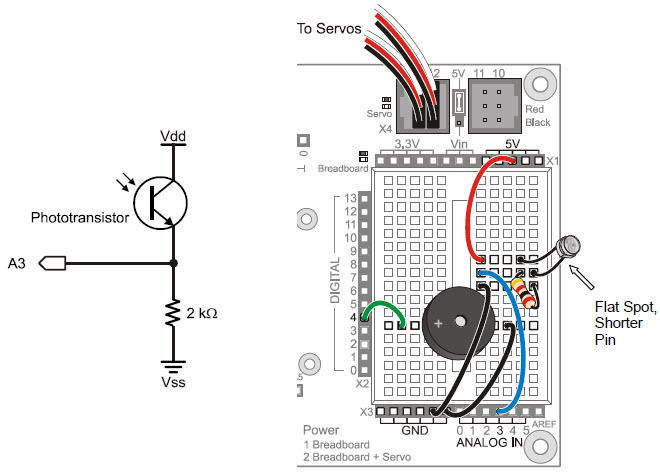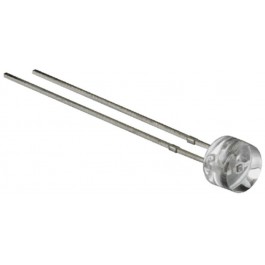Light Sensing Instruments
The balloon payload will incorporate sensors for various radiation types. Because the Martian atmosphere is quite thin and there is no magnetic field, radiation on the surface could be an issue. The light sensors are shown below.
The balloon also needs to be able to read light intensity as part of the meteorology instruments and also for solar cell checking.
For this instrument, I selected the Adafruit TSL2561 breakout board. Here is the vendor link: lux sensor
The features include:
- can be configured for different gain/timing ranges
- detect light ranges from 0.1 – 40,000+
- contains both infrared and full spectrum diodes
- can separately measure infrared, full-spectrum or human-visible light
- digital (i2c) interface
- one of three addresses
- 0.5mA when actively sensing
- less than 15 uA when in powerdown mode
- Temperature range:-30 to 80 *C
- Voltage range:2.7-3.6V
I used code from the Adafruit page: example code
Note: ADDR pin can be used if you have an i2c address conflict, to change the address. Connect it to ground to set the address to 0x29, connect it to 3.3V (vcc) to se t the address to 0x49 or leave it floating (unconnected) to use address 0x39.
You may have to set the address to get this device to work reliability.
Response curve looks like this:
I also have a Radio Shack ambient light sensor. This sensor will be used to determine which side of the probe is in light, also the light levels above the payload.
Here is the sensor:
These are phototransistors, not resistors like the CdS cells.
The circuit I used is from Parallax. See this image for the schematic and a diagram on how it looks with their setup:

Here is the code that I ran for testing, from the Parallax web page.




